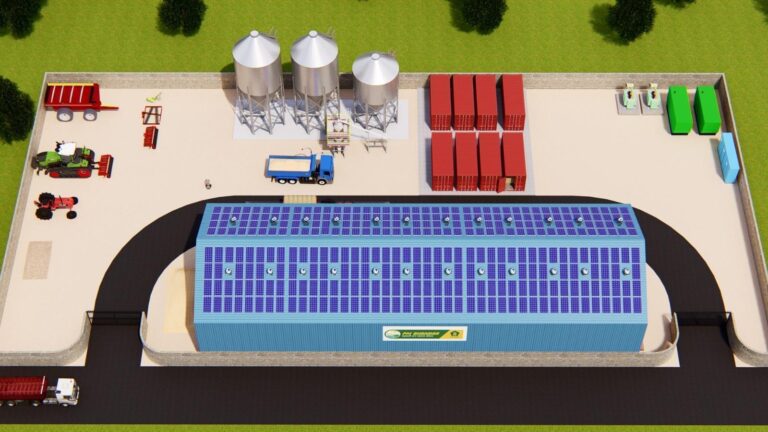In a significant move aimed at fortifying the cooperative sector in India, Prime Minister Narendra Modi recently launched the pilot project for the ‘World’s Largest Grain Storage Scheme in Cooperative Sector’ across 11 Primary Agricultural Credit Societies (PACSs) in 11 states. This article delves into why this scheme holds the title of the world’s largest and explores its implications on farmers and the food system.
Importance of Grain Storage Scheme for the Country
India, with 11% of the world’s cultivable area (16 Crore Hectare) and 18% of the total world population (140 Crore), faces the challenge of meeting the food requirements of a significant global share with limited arable land. According to the FAO Statistical Data 2021, India’s total food grain production is 311 MMT, while the storage capacity is only 145 MMT, resulting in a shortfall of 166 MMT. Unlike other countries with a surplus storage capacity of 131%, India faces a deficit of 47%.
Recognizing the economic potential of cooperatives, Prime Minister Modi has emphasized their role in fostering growth, embodying the vision of “Sahakar-se-Samriddhi” (Prosperity through Cooperation). To realize this vision, the Ministry of Cooperation has introduced the unprecedented initiative of the ‘World’s Largest Grain Storage Plan in Cooperative Sector.’
This visionary plan aims to establish diverse agricultural infrastructure at the PACS level, including warehouses, custom hiring centers, processing units, and more. By transforming PACS into multifunctional entities, the strategy seeks to reduce food grain wastage, strengthen food security, and empower farmers to secure better prices for their produce. This initiative involves creating infrastructure in selected viable PACS in 24 States/Union Territories.
Objective of the Project
The decentralized storage approach aims to reduce food grain wastage, enhancing national food security, and provide farmers with options to avoid distress sales, leading to better prices. This approach minimizes transportation costs between procurement centres, warehouses, and FPS. The ‘whole-of-Government’ strategy strengthens PACS by diversifying activities and increasing farmers’ incomes. Decentralization of Grain Storage in India and benefits of the same at PACS level are:
- Reduction of Post Harvest lossesfrom existing 6%
- Drastic reduction on multiple handling and transportation cost
- Prevention of distress sale by farmers at low rates
- Decentralized procurement by FCI/State Government
- Storage based “Hub” and “Spoke” model
Expected Benefits of the Plan
The plan addresses the lack of agricultural storage infrastructure and empowers PACS to engage in various roles, including acting as procurement centers, fair price shops, custom hiring centers, and creating common processing units. The expected benefits include a reduction in post-harvest losses, lower handling and transportation costs, prevention of distress sales, decentralized procurement, and a storage-based “Hub” and “Spoke” model. Additionally, it empowers PACS to engage in other roles as:
- Acting as procurement centres for State Agencies/ Food Corporation of India (FCI).
- Functioning as Fair Price Shops (FPS).
- Establishing custom hiring centres.
- Creating common processing units for sorting, grading, and more.
Construction of World’s Largest Grain Storage Plan
Earlier, NBCC signed an MoU with National Cooperative Development Corporation (NCDC) and National Bank for Agriculture and Rural Development (NABARD) for the construction of 1469 grain storage units under the world’s largest grain storage plan in the cooperative sector across various states of India.
These units, valued at approximately Rs 1500 crore, will be constructed using innovative building technologies, contributing to the creation and strengthening of agri-infrastructure in the country. NCDC has associated NBCC to render project management consultancy services on EPC Model. The initiative is anticipated to provide farmers with improved access to proper storage facilities, especially in rural areas.



